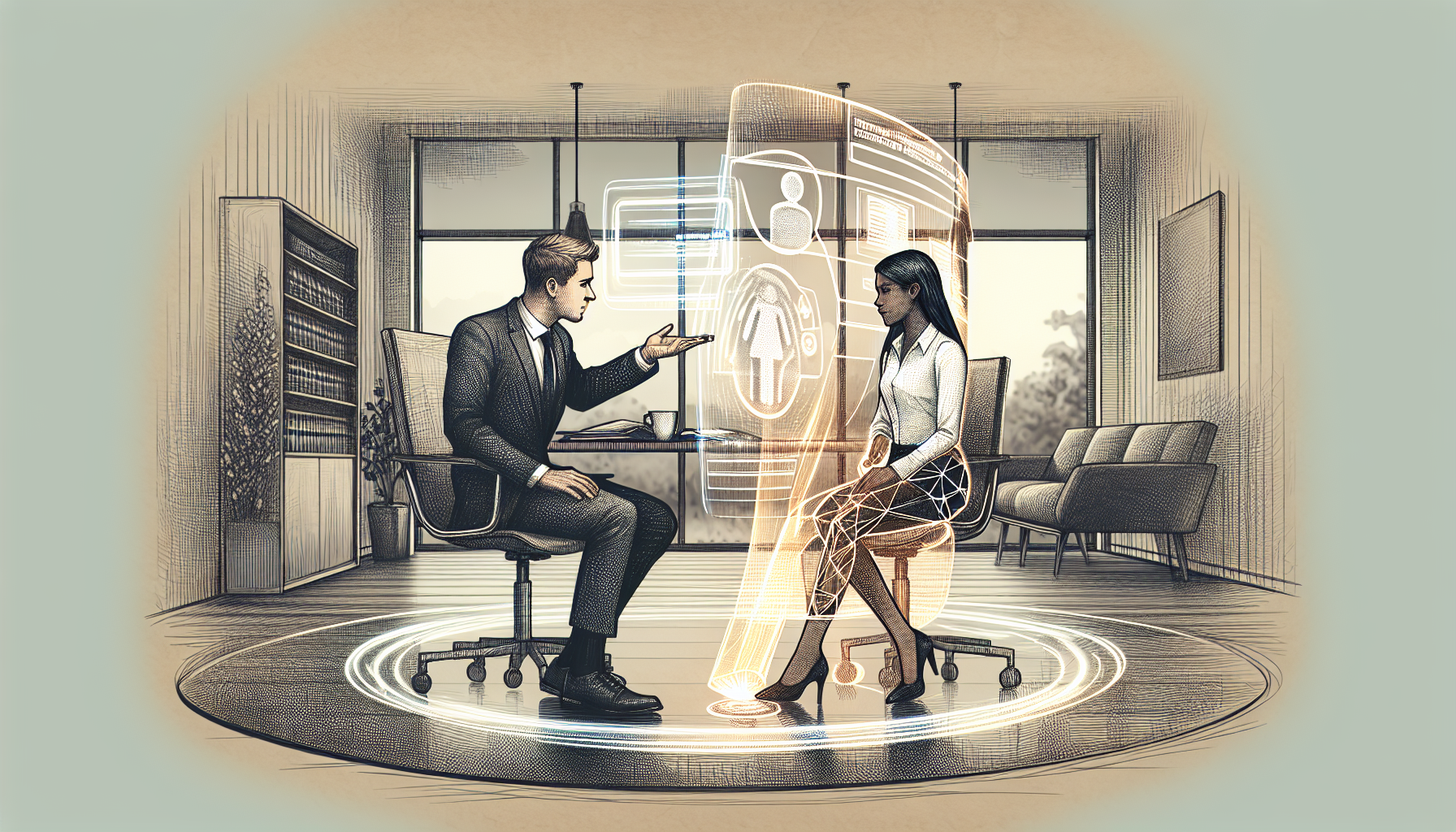
Setting the Stage for Modern Paralegal Work
The role of paralegals has evolved significantly over the years. Once limited to clerical and administrative tasks, paralegals now engage in complex legal research, draft documents, and interact directly with clients. This paradigm shift has been fueled by advancements in legal technology, enabling paralegals to take on more substantive roles.
Among these advancements, Artificial Intelligence (AI) has emerged as a game-changer. AI tools such as ChatGPT are revolutionizing many legal processes, including the efficient creation of nuanced child welfare reports. As paralegals increasingly integrate these tools into their workflow, it’s essential to understand how to maximize their potential while maintaining the highest standards of legal accuracy and integrity.
Understanding ChatGPT and LLMs: A Primer
At the forefront of this AI revolution is ChatGPT, a language model developed by OpenAI. But what exactly is ChatGPT? It is a type of Large Language Model (LLM) designed to understand and generate human-like text based on the prompts it receives.
The core functionalities of ChatGPT include text completion, summarization, and even generating creative outputs based on specific guidelines. However, like any tool, it has its limitations. Understanding these boundaries can help paralegals utilize ChatGPT effectively, ensuring outputs are both accurate and relevant while being mindful of potential pitfalls such as data bias and factual inaccuracies.
Also read:
The Blueprint: Crafting Nuanced Prompts for Maximum Efficiency
To leverage ChatGPT effectively, it is crucial to craft detailed prompts that provide the model with clear, comprehensive instructions. The quality of the input directly influences the output’s relevance and precision.
- Importance of Detailed Prompts: A well-crafted prompt can mean the difference between a vague output and a highly detailed, useful report. Vague queries often result in generalized answers that might lack the needed specificity for legal documents.
- Structuring Prompts for Child Welfare Reports: When drafting prompts for child welfare reports, start with the core details needed, such as case background, the individuals involved, and specific issues at hand. For example:
“Generate a comprehensive report on the child welfare case involving [Child’s Name], detailing the child’s background, the allegations of neglect, interviews conducted, and the recommendations for the court.”
- Common Pitfalls and How to Avoid Them: Avoid overly broad prompts. They can be too open-ended and lead to outputs that require significant editing. Instead, structure prompts to be as precise as possible. For example, systematically breaking down requests:
“Summarize the case background of [Child’s Name]. Provide information on the family history, allegations of abuse, and outcomes of previous investigations.”
Also read:
Special Techniques: Enhancing Report Quality with Creative Prompts
Incorporating special techniques can significantly enhance the quality of AI-generated reports. Tailoring language and tone, iterative refinement, and crafting queries for cross-referencing data are pivotal.
- Tailoring Language and Tone: For formal documents, specify the required tone directly:
“Draft a formal summary of the attached child welfare report, ensuring a professional and neutral tone throughout.”
- Using Iterative Refinement for Greater Accuracy: Generate initial drafts and refine them iteratively. Request specific additions or modifications:
“Expand the section on the child’s educational background with more details on past academic performance and interaction with teachers.”
- Crafting Queries for Cross-Referencing Data: Utilize the model to verify data consistency across documents:
“Cross-reference the details of [Child’s Name] from the initial case report and the latest interview transcripts. Ensure consistency in the narrative and note any discrepancies.”
Also read:
Practical Applications: Streamlining Common Paralegal Tasks
Integrating ChatGPT into regular workflows can streamline several common paralegal tasks, freeing up time for more complex duties.
- Summarizing Case Notes Efficiently: Rapidly generate concise summaries of extensive case notes. For example:
“Summarize the case notes from the witness interviews conducted on [Date]. Focus on key points and factual discrepancies.”
- Generating Standardized Legal Texts: Create templates for common legal documents to ensure consistency:
“Draft a template for initial child welfare investigation reports, including sections for background, findings, and recommendations.”
- Managing Confidentiality and Data Sensitivity: Always be mindful of the sensitivity of the data being processed. Embed confidentiality notices:
“Create a confidentiality notice to be included at the top of all child welfare reports generated by this tool.”
Also read:
Future-Forward: Envisioning the Next Steps with AI
As AI tools evolve, their integration into legal workflows will only deepen. Keeping abreast of these advancements is essential for maintaining a competitive edge.
- Integrating New Tools and Updates: Continuously incorporating updates and new functionalities of AI tools can enhance their effectiveness. Staying informed about the latest developments ensures you leverage the best capabilities available.
- Expanding AI Capabilities in Legal Work: Envision expanding use cases, from drafting documents to predictive analytics. Understanding AI’s potential beyond text generation could lead to innovations in legal research and case strategy formulation.
Also read:
A Roadmap to Ethical AI Use in Legal Practices
The ethical use of AI in legal practice is paramount. This includes ensuring fair and bias-free outputs, mindful of the profound impact these tools can have on lives:
- Maintaining an ethical framework is essential. Regularly auditing AI outputs for biases and inaccuracies helps maintain credibility.
- Observe legal and ethical responsibilities. Always act in compliance with legal standards and ethical guidelines, ensuring client data security.
Also read:
Wrap-Up: Embracing Innovation while Upholding Legal Integrity
By balancing efficiency with accuracy, paralegals can embrace AI innovations while upholding the highest standards of legal integrity. The key lies in seamlessly integrating these tools into everyday tasks, ensuring they complement rather than compromise the quality of legal work.
In conclusion, as we stride into an era of AI-enhanced legal practices, the potential for innovation in paralegal work is boundless. Embrace these tools, refine your processes, and continue upholding the ethics that form the cornerstone of legal practice.


